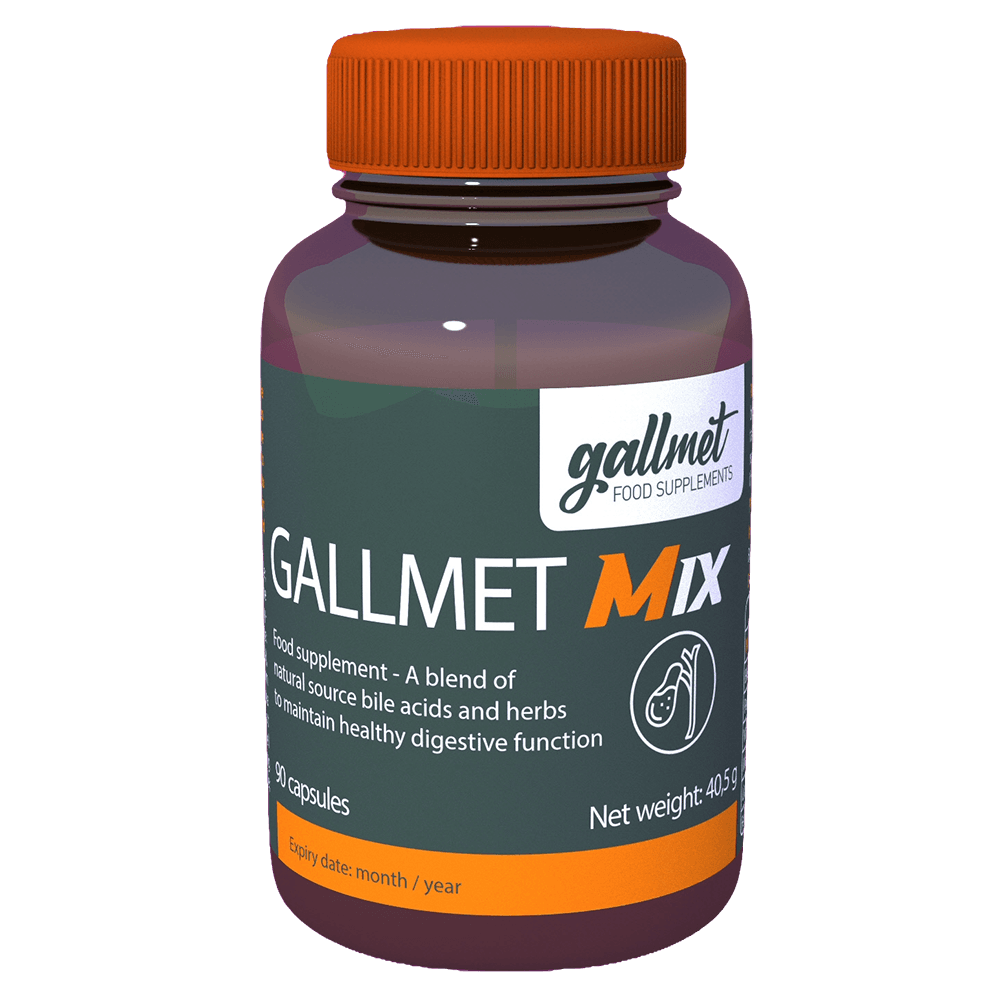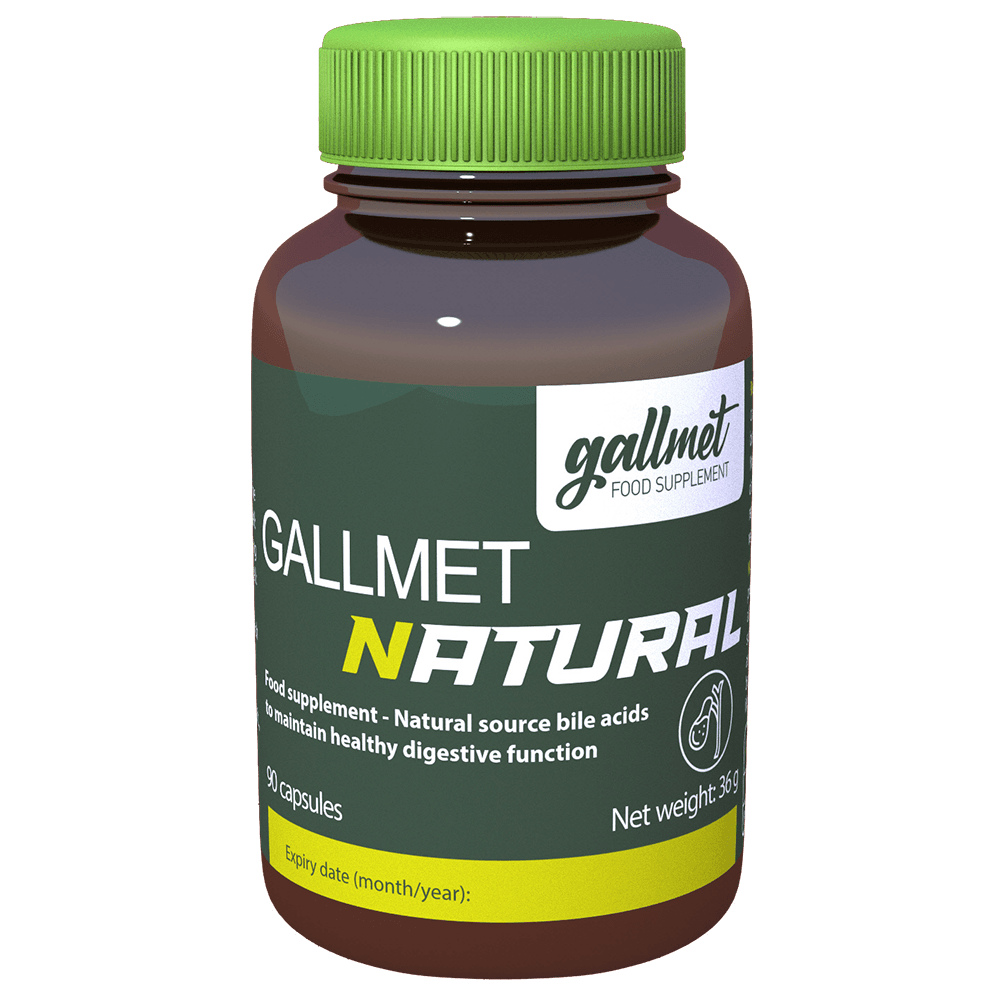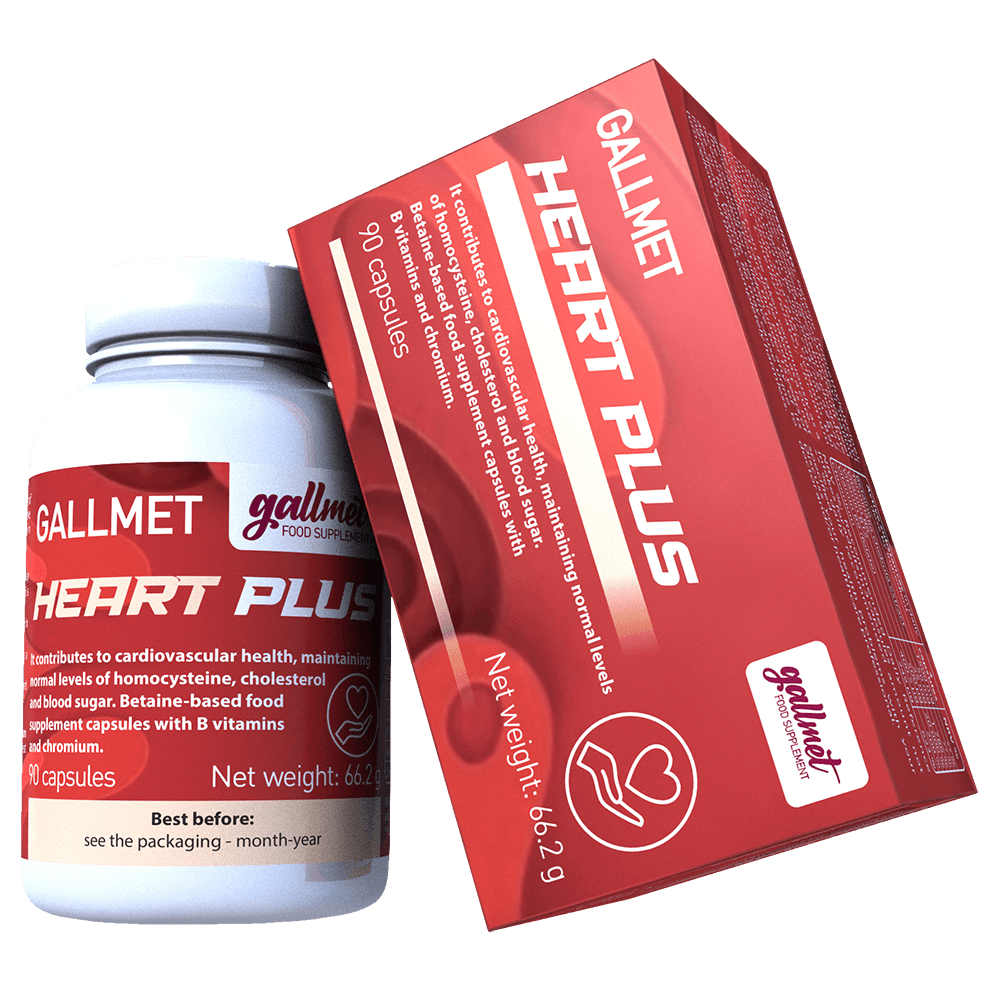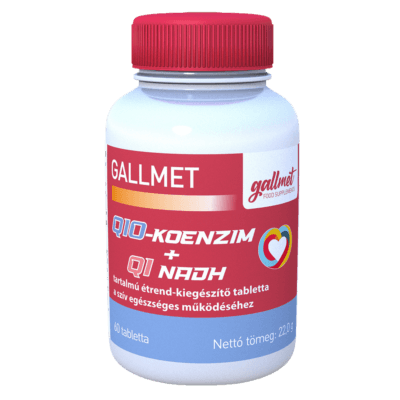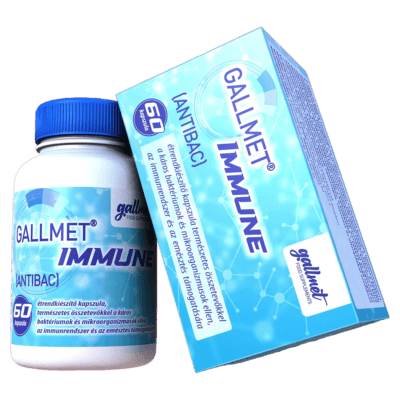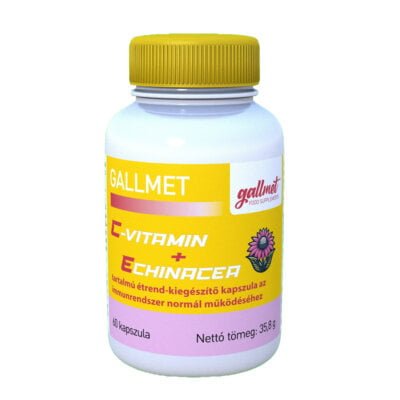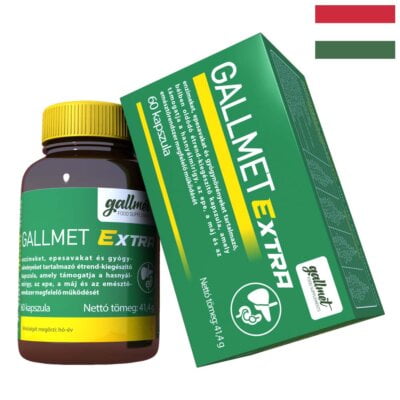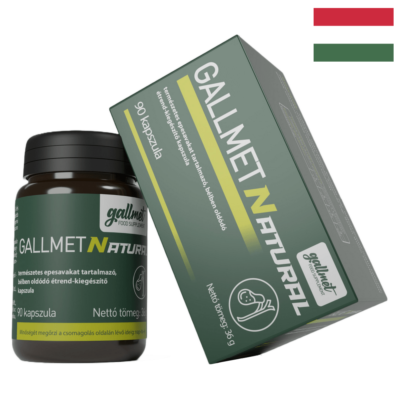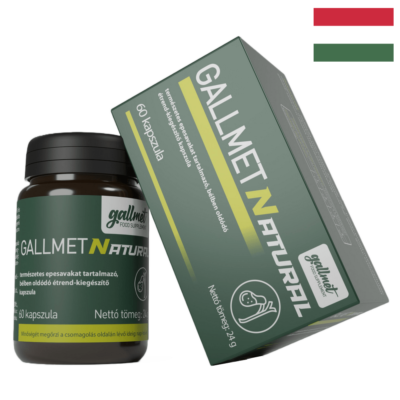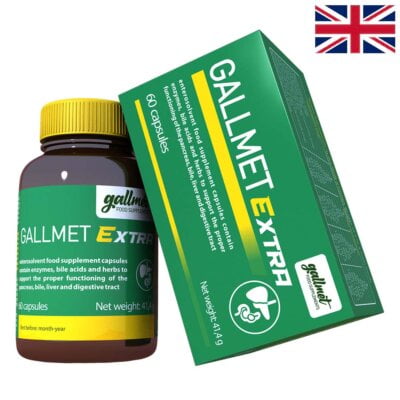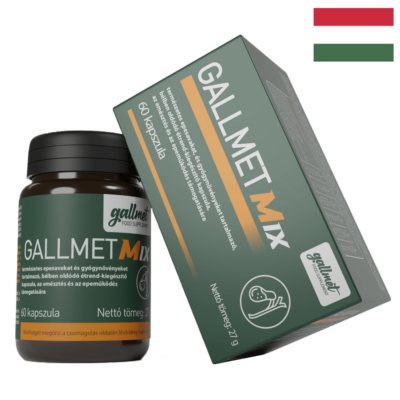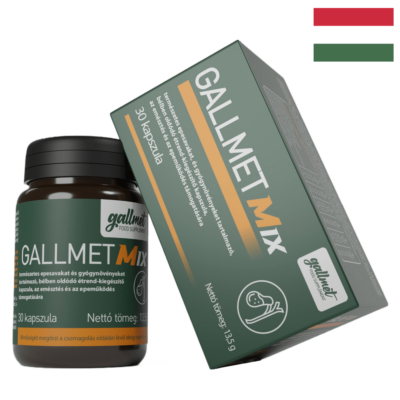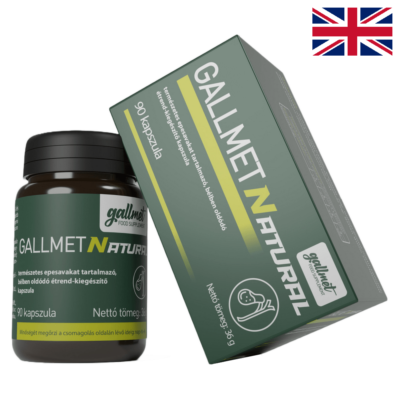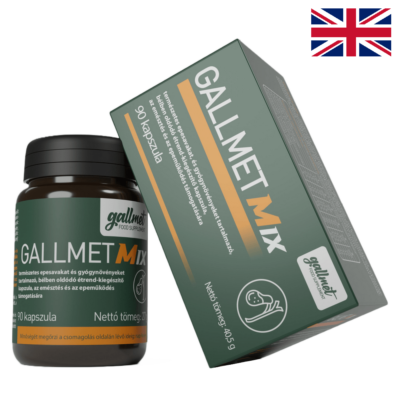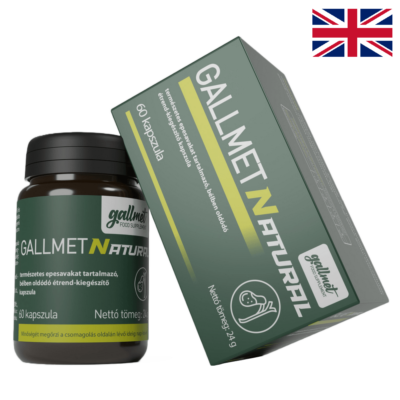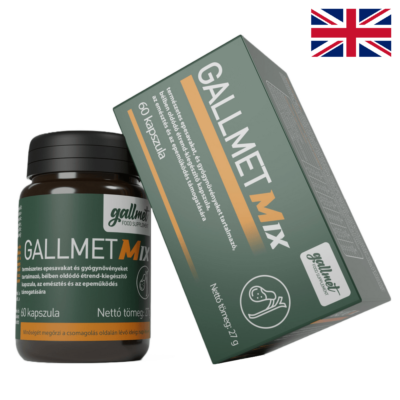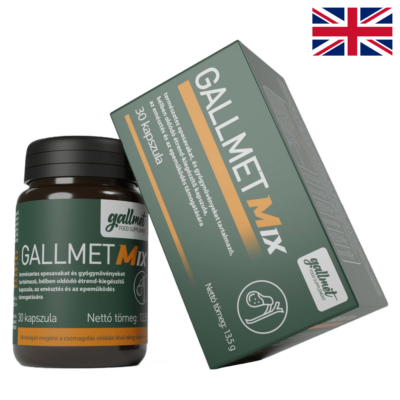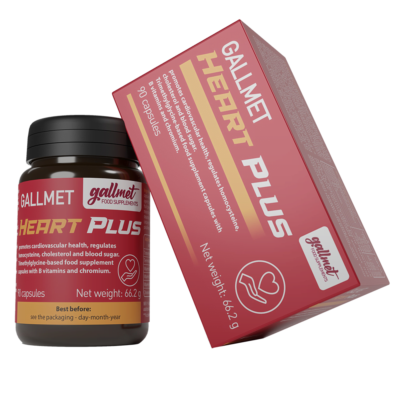The effect of bile acid in the body
Source: Bioresonance measurement.com
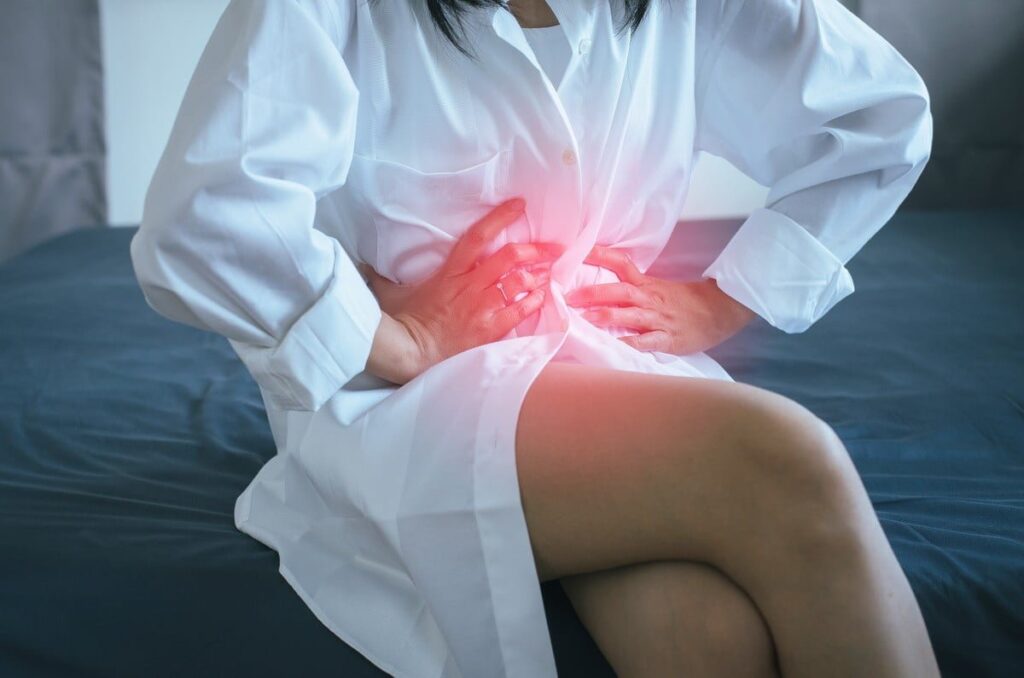
What is bile?
Bile is a yellowish - greenish and very bitter thick liquid. It is produced by our liver. Bile flows into the gallbladder through the bile capillaries. Bile is stored and concentrated in the gallbladder. The gallbladder is a pear-shaped sac-like container.
What is bile for?
If you eat fat (animal fat) at mealtimes, it triggers the production of bile. Bile is then passed through a small gate into the duodenum.
The main function of bile:
- a emulsification of fats (dismantling).
- activates the enzyme lipase
If your liver is not producing enough bile - 0.7-1.2 dl of bile a day - then you have a problem. You may notice all sorts of strange symptoms. They can be painful ('liver pain') but depending on their severity they can be unpleasant.
What does bile have to do with high cholesterol?
Bile acid is made by the liver in the "breaking down" cholesterol, by converting it. This is how it frees the body from getting too much cholesterol in the blood. The bile acids formed help to increase the direct excretion of cholesterol from the liver into the intestine. From there, some is reabsorbed and the rest leaves the body in the faeces.
It follows that when the liver produces less bile, less cholesterol is converted into bile acid. This means that more cholesterol, already in excess, remains in the body.
Consequently, if there is not enough bile in the intestine with the food, i.e. if we do not ensure that the bile is excreted as perfectly as possible, the digestion of fats will be imperfect. The fats thus absorbed are deposited. This is when cholesterol levels become high.
So the rate of egg production has a big impact on our cholesterol levels. It follows that we should eat all animal fats, as it triggers egg production. Not the other way round!
What are the symptoms of not enough bile?
- pain under the right rib cage, abdominal cramp
- pain in the shoulder blade area, and may even radiate to the spine causing low back pain
- sense of fullness
- overweight
- nausea, vomiting
- stools are fatty due to undigested fats
- the colour of the stool becomes lighter, ochre yellowish
- diarrhoea or constipation, or alternating between them
- headache
- abdominal bloating, flatulence
- skin symptoms, such as. psoriasis
- more severe cases where the bile duct is blocked: jaundice, fever due to inflammation
What happens if the gallbladder has been removed?
After gall bladder removal the absence of a gallbladder means that bile is not stored. This function is lost. So bile keeps flowing into the duodenum (also known as the duodenum).
If we eat fatty foods at this time, we feel as if we can't digest them. This is indeed the case because there is no spare bile because the gall bladder has been removed. So the fats are not fully digested. They can cause gas formation in the large intestine. Diarrhoea and abdominal distention may then be a sign of indigestion.
The solution: replacing bile acids with natural bile acids.
Which diseases can be prevented by proper gallbladder function?
- candida infection
- bacterial infections
- virus infection
- kidney failure
- psoriasis
- Type two diabetes
- lack of fat-soluble vitamins (A,D,E,K)
- the list is almost endless, including hormone problems
GALLMET products are available in ALL Hungarian pharmacies and herbal shops or can be ordered!
Click on the [print-me] icon to print the page


